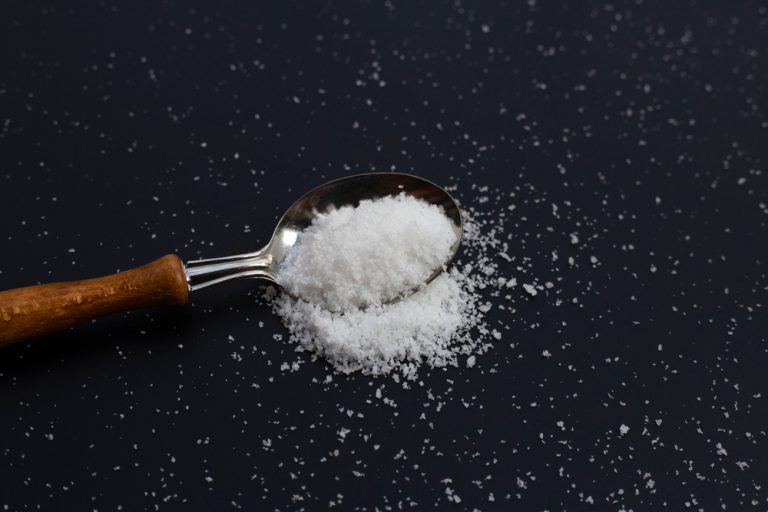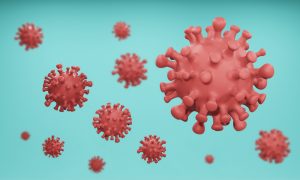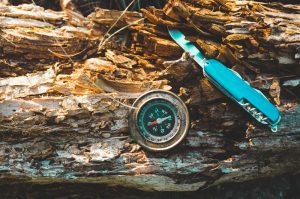Watch out! Researchers in Mexico have discovered a new species of spider with venom that can rot human flesh.
“As [Loxosceles tenochtitlan] is morphologically similar to [Loxosceles misteca] it was initially thought that it had been introduced to this region by the shipping of ornamental plants.
But when doing molecular biology studies of both species, we realized that they are completely different,” said Alejandro Valdez-Mondragón from UNAM’s Institute of Biology.
Must be remembered that some college students and their professor from the National Autonomous University of Mexico (UNAM) identified the violin spider in the Valley of Mexico.
Recluse spiders from Mexico
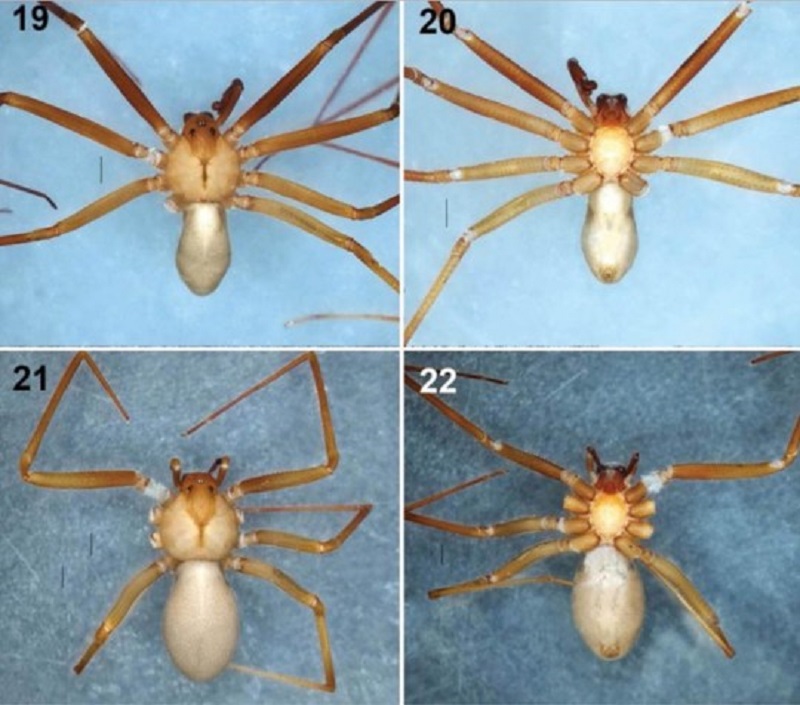
This dangerous spider belongs to a group of species, known as Loxosceles. They are commonly known as recluse spiders, violin spiders, brown spiders, fiddle-backs or reapers.
They are called so because of their violin-shaped pattern often found on the back. Out of the 140 species of this species that exist worldwide, Mexico is home to at least 40.
Although their venomous bites are not fatal, they can leave long-lasting scars by causing necrosis in the skin. However, these nasty arachnids have tissue-destroying venoms that can rot human flesh.
As the researchers note, the bite can easily be confused with a skin infection: it begins with a relatively painless infection that turns purple and pink.
These arachnids don’t have a lethal bite
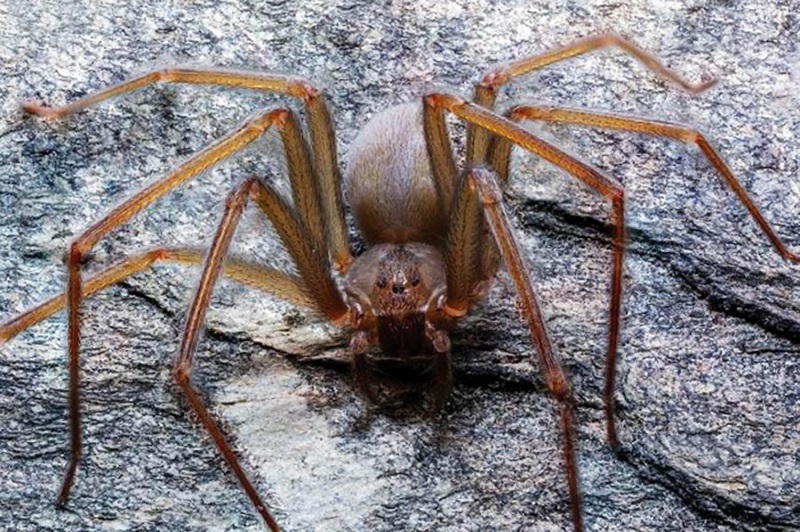
Loxoscelism is characterized by a necrotic wound at the spot of a bite that can last for some months. Serious illness and death don’t happen very often, but a bite can result in necrotized flesh that requires plastic surgery.
“The critical stage is the first 24 hours, and sometimes up to 48 hours when you begin to see the effects.
The reaction begins with a sore that expands and produces quite considerable tissue necrosis (or death of tissue),” Valdez-Mondragón told the Yucatan Times, a local Mexican newspaper.
On the positive side, these spiders try to avoid contact with humans. They usually bite in defense if they feel endangered.
The only way to keep the spiders away
Fearful as they may seem, some new studies have demonstrated that North America could be dealing with this type of spider as a consequence of warming temperatures from climate change.
In urban districts, these arachnids live in places like warehouses or in the trash. which attracts insects that they eat. Be careful: the spiders are more dangerous during raining seasons because males look for females at night.
They also show the unpredictable behavior they hide in cloth, bed sheets, or shoes. So the only way to keep the spiders away is by cleaning your house.


